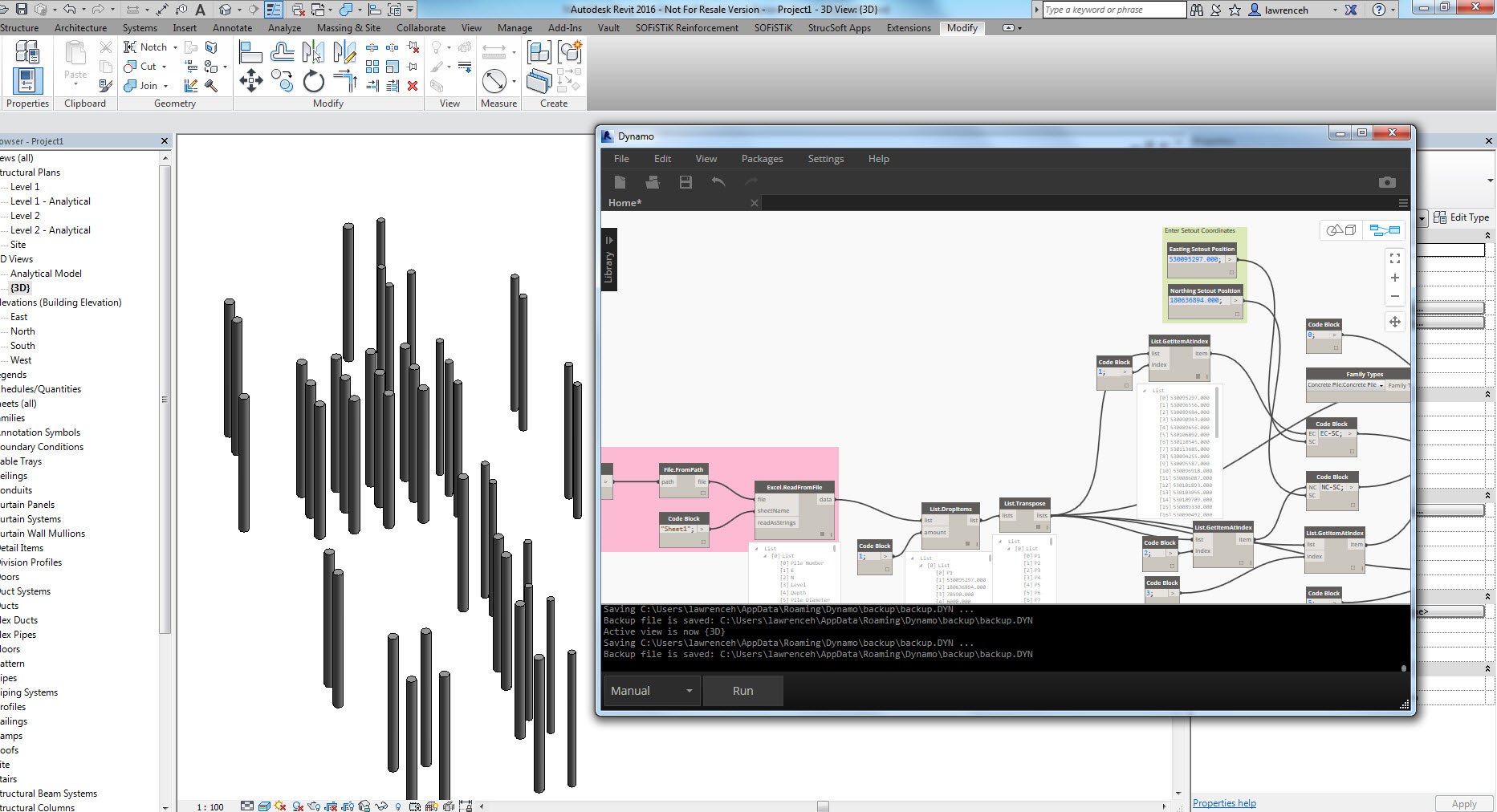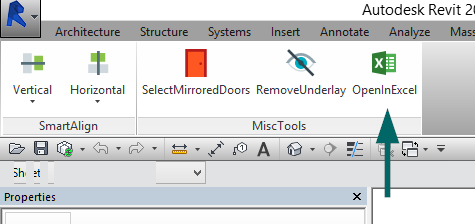Import Excel into Revit Seamlessly: A How-To Overview
Wiki Article
Revit Accelerator: Excel Integration Techniques for Boosting Performance and Collaboration
Are you aiming to increase your performance and collaboration while utilizing Revit? Look no more! In this short article, we will certainly discover the benefits of incorporating Excel into your Revit workflows. Discover how you can improve your procedures, make best use of partnership, and even learn advanced methods for increasing efficiency. Plus, we will share best methods for perfectly integrating Excel right into your Revit tasks. Get prepared to supercharge your Revit experience with our Revit Accelerator: Excel Integration Techniques!Advantages of Excel Combination in Revit
The advantages of Excel assimilation in Revit are various and can significantly boost performance and partnership. By effortlessly linking these 2 effective devices, you can enhance your workflow and conserve useful time. With Excel integration, you can easily import and export data between Revit and Excel, permitting you to utilize the toughness of both programs.
An additional benefit of Excel combination is the ability to develop dynamic routines and reports. By linking your Revit model to an Excel spreadsheet, any type of adjustments made in Revit will instantly upgrade in the equivalent Excel file. This makes it simple to create updated schedules, quantity launches, and various other task paperwork.
Excel combination in Revit likewise enables better collaboration among staff member. With the capacity to import and export information, you can quickly share information with coworkers that may not have accessibility to Revit. This promotes efficient interaction and enables much better control and decision-making.
Improving Operations With Revit and Excel
Simplifying process with Revit and Excel can greatly enhance efficiency and collaboration. By incorporating these two effective tools, you can optimize your design procedure and enhance interaction within your team. With Revit, you can produce 3D models and create thorough building and design documentation. However, when it pertains to information management and evaluation, Excel is the go-to software. By incorporating the abilities of Revit and Excel, you can flawlessly move information between the two applications, eliminating the requirement for hands-on data entry and reducing the danger of errors.
Utilizing Revit and Excel together enables you to leverage the toughness of each program - import excel into revit. You can export information from Revit into Excel, where you can carry out complicated estimations, create graphes and graphs, and examine the info in a more organized and reliable fashion. On the various other hand, you can import data from Excel right into Revit, enabling you to promptly upgrade your versions and documentation based upon modifications made in Excel
The integration of Revit and Excel additionally promotes partnership among team members. By sharing Excel files, you can easily team up and connect on layout and construction-related information. This enhances coordination and makes certain that every person is collaborating with the most up-to-date info.
Taking Full Advantage Of Partnership With Excel and Revit
To make best use of partnership with Excel and Revit, you can effortlessly upgrade and share design and construction-related data with your team. With simply a couple of clicks, you can import Excel spreadsheets right into your Revit model, enabling you to easily access and adjust the information.Among the vital advantages of making use of Excel in conjunction with Revit is the capability to update information in both programs at the same time. Any type of modifications made in Excel will automatically be shown in Revit, and vice versa. This makes sure that everybody is dealing with one of the most up-to-date information, avoiding confusion and saving beneficial time.
Furthermore, Excel offers powerful tools for examining and organizing data, which can substantially enhance your cooperation efforts. You can develop custom records and graphes in Excel, aiding you to imagine and interact vital job information successfully. When presenting data to stakeholders or making educated choices based on project metrics (revit tool)., this can be particularly helpful.
Advanced Techniques for Improving Productivity in Revit Making Use Of Excel
By utilizing innovative methods in Revit, you can significantly enhance your performance by leveraging the power of Excel. Among the vital strategies for enhancing productivity is by utilizing Excel as an information management device. With Revit's Excel integration feature, you can link Excel spread sheets straight to your Revit version, allowing you to conveniently take care of and update data. This integration enables you to develop timetables, compute amounts, and perform data analysis efficiently.
Additionally, you can make use of Excel macros to automate repetitive jobs in Revit (import excel into revit). Macros allow you to record a series of actions and play them back with a solitary click, saving you time and effort. As an example, you can produce a macro to automatically generate room routines or update criterion values in mass.
Best Practices for Excel Combination in Revit
Using Excel as an information monitoring device in Revit allows for effective administration and updating of information. One of the best methods for Excel combination in Revit is to produce a clear and arranged data framework. By complying with these ideal practices, you can effectively make use of Excel as a data management device in Revit and improve your performance and cooperation.Verdict
To conclude, incorporating Excel with Revit can greatly boost productivity and cooperation in the style process. By optimizing and streamlining process cooperation, groups can work extra effectively and efficiently. Advanced methods, such as utilizing Excel formulas and macros, can even more improve performance in Revit. It is important to revit add ins follow best practices to guarantee seamless integration and stay clear of any kind of possible issues. By leveraging the power of Excel, Revit individuals can attain greater degrees of performance and partnership in their jobs.With Excel integration, you can easily import and export data in between Revit and Excel, allowing you to leverage the toughness of both programs.
One of the crucial advantages of Excel combination is the capability to make use of Excel formulas and features within Revit. By connecting your Revit design to an Excel spread sheet, any type of changes made in Revit will automatically upgrade in the corresponding Excel file. On the various other hand, you can import data from Excel right into Revit, allowing you to quickly upgrade your models and documents based on changes made in Excel.
With Revit's Excel integration feature, you can connect Excel spreadsheets directly to your Revit model, allowing you to conveniently take care of and update data.
Report this wiki page